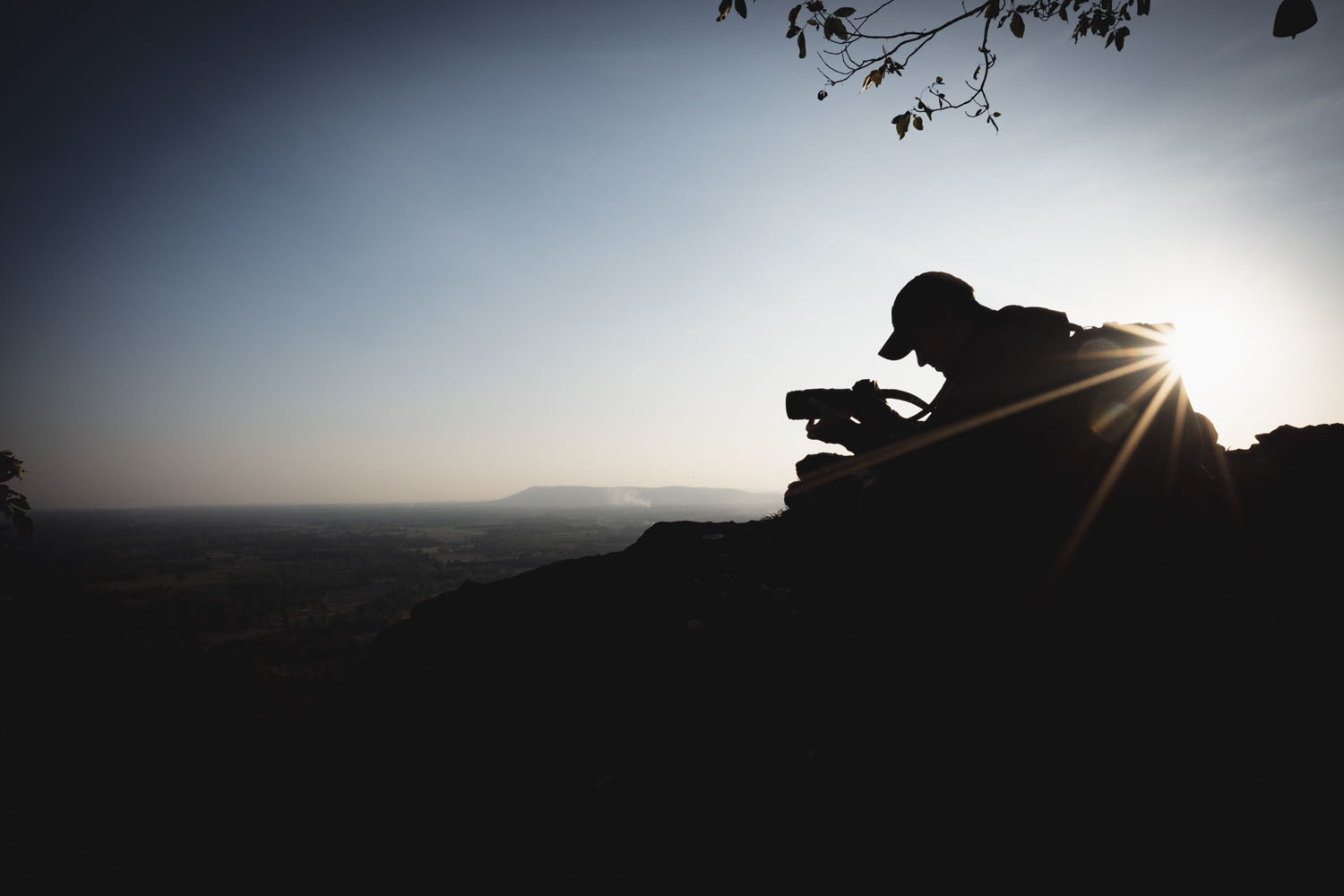Premium/ Zoom or Prime Lens? Find the right one for you
Zoom lenses are made to “magnify” the subjects without having to move from where I’m standing, right? Wrong! This is an idea commonly accepted and that many users, even some more experienced, still believe as true. And the guilt also goes to manufacturers, who for many years announced their compact and bridge cameras highlighting the magnification factor in their ads. For example 5x, 12x, 50x or even 125x as in the case of the Nikon P1000 with an optical zoom equivalent to 24-3000mm! After years of promoting sales of cameras by publicizing as the main selling point the magnification ratio of the lens, this idea became so deeply rooted in the habits of people that today it is repeatedly accepted as correct.

So, are zoom lenses made to magnify or not? Although in practical terms, yes they magnify, this is not its purpose. Excluding the exceptions in which it’s actually not possible to approach the subjects to be photographed, such as during a soccer game, or photographing certain species in their natural habitat, magnification is not the goal of a zoom lens. Let us now look more in detail that question, the goal of a zoom lens. And for the sake of simplicity, all focal lengths referred to will always be equivalent values to a full-frame system. For different situations or genres of photography, we need a lens with a certain set of characteristics, including the focal length. For example, to photograph Architecture or interiors, you would probably choose a 24mm or a 21mm. For Street Photography, Documentary or Travel Photography, anything between 35 and 50mm would be a good choice. For Portrait photography, 75mm or higher are the most suitable focal lengths. Lenses between 75 and 135mm are the most flattering for headshots. “Zoom with your feet” – probably everyone has already heard or read this expression, often said by proud users of fixed focal length lenses (for simplicity: fixed lenses). But what if I take a 24mm lens and get closer to the person I’m going to photograph? Is it the same as using a 75mm lens? Let’s see the following examples:




As you can see, in both sets of photographs the portrayed person occupies the same portion of the image, but with a totally different result. CONTINUE READING…
Only for Premium Subscribers!
To access these articles you must be a PREMIUM subscriber to Fuji X Passion.
SUBSCRIBE NOW and get instant access to all Premium articles, all prior and upcoming magazines, all special editions, all previous videos, discounts and offers. If you are seeking relevant information about this camera system, or useful tips from photographers using the Fuji X system, this is the most valuable place for you.
BASIC Plan subscriber? Upgrade to PREMIUM!
- Access your account HERE and sign in with your email address and password as always
- In this step click the ‘Subscriptions’ tab and then ‘Change plan’
- Now you can change from the BASIC plan to the new PREMIUM PLAN
- Finally, the system will only apply a proportional value to the remaining charge and change the plan immediately.
Already a Premium Subscriber?




